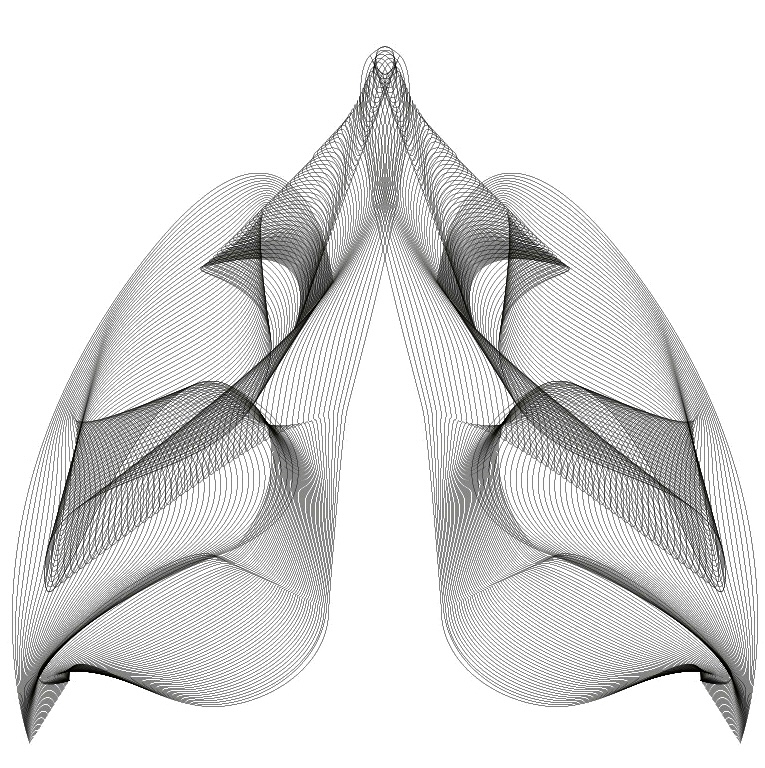WIM HOF Breathing: The Bohr Effect, Surfing, Swimming and Water Safety Considerations
- Michael Crush
- Jul 12, 2023
- 3 min read
I would like to introduce you to a fascinating concept called the Bohr Effect. Although it may sound complex, I assure you that it's a fundamental principle that holds great importance in apnea training, including surf apnea. So, let's dive in and explore the Bohr Effect in a way that everyone can understand.
The Bohr Effect refers to the relationship between oxygen, carbon dioxide, and pH levels in our blood. To put it simply, it describes how these factors interact and influence our body's ability to release and utilize oxygen efficiently.
When we hold our breath during apnea training or any breath-holding activity, carbon dioxide begins to accumulate in our body. This increase in carbon dioxide triggers a response that causes the release of oxygen from our red blood cells. In other words, the Bohr Effect enhances the delivery of oxygen to our working muscles and organs when they need it the most.
Imagine yourself paddling out to catch a wave or performing a powerful bottom turn. These intense physical activities demand a significant amount of oxygen to fuel your muscles. By understanding the Bohr Effect, you can optimize the release of oxygen to those working muscles, improving your endurance and performance in the water.
Now, you might be wondering, how does this knowledge benefit us in apnea training? Well, by training your body to tolerate higher levels of carbon dioxide through breath-holding exercises, you can increase your breath-holding capacity and, consequently, your ability to tap into the benefits of the Bohr Effect.
Apnea training helps you become more efficient in utilizing the oxygen already stored in your body. By adapting to higher carbon dioxide levels, you become better equipped to handle prolonged breath-holding situations, such as riding a wave, diving beneath the surface, or navigating through turbulent waters.
Understanding and harnessing the power of the Bohr Effect can elevate your surf apnea practice to a whole new level. It allows you to push your breath-holding limits, stay calm and focused in challenging situations, and ultimately, enhance your overall surfing experience.
The Bohr Effect highlights the intricate relationship between oxygen, carbon dioxide, and pH levels in our blood. By training our bodies to adapt to higher carbon dioxide levels through apnea training, we can unlock the benefits of improved oxygen release, enhancing our endurance, performance, and safety in the water. So, let's embrace the Bohr Effect, incorporate it into our apnea training routines, and take our surf apnea skills to new depths.
Swimming and Water Safety:
It's important to understand why hyperventilating or practicing techniques like Wim Hof breathing can be dangerous around water, especially when considering the relationship between these practices and the Bohr Effect.
Hyperventilation involves rapid and deep breathing, which leads to the excessive elimination of carbon dioxide from the body. When we hyperventilate, we essentially lower the levels of carbon dioxide in our blood, disrupting the delicate balance required for the Bohr Effect to function optimally.
As we discussed earlier, the Bohr Effect relies on the presence of carbon dioxide to trigger the release of oxygen from red blood cells. By excessively reducing carbon dioxide levels through hyperventilation, we inadvertently impede the ability of the Bohr Effect to enhance oxygen delivery to our working muscles and organs.
In the context of water activities, such as surf apnea, the dangers of hyperventilating become particularly apparent. When you hyperventilate before a breath-holding exercise, your body may experience a false sense of security due to the reduced levels of carbon dioxide. This can lead to a delayed or weakened urge to breathe, potentially causing you to underestimate your breath-holding limits.
Additionally, hyperventilation can lead to a state of alkalosis, where the blood becomes more alkaline due to the reduction in carbon dioxide levels. This alkalosis can further disrupt the body's normal response to carbon dioxide and oxygen levels, making it harder to recognize and respond to the body's true need for oxygen. In a water environment, where breath-holding and oxygen management are crucial, this can be extremely dangerous. It increases the risk of shallow water blackout, a condition where a person loses consciousness due to lack of oxygen without warning signs such as feeling lightheaded or needing to breathe. Shallow water blackout can have severe consequences, including drowning. Therefore, it's crucial to avoid hyperventilation or excessive breathing techniques like Wim Hof breathing before engaging in water activities. Instead, focus on techniques that promote relaxation, controlled breathing, and optimizing the Bohr Effect, such as diaphragmatic breathing and nasal breathing. By maintaining appropriate carbon dioxide levels and ensuring a proper balance within the body, we can utilize the full potential of the Bohr Effect during breath-holding exercises, enhance our oxygen utilization, and stay safe in the water. Remember, always prioritize safety, be aware of your limits, and practice responsible breath-holding techniques when engaging in water-related activities.
Even if a Dutch man is yelling it really loud, still not a good idea.









Comments